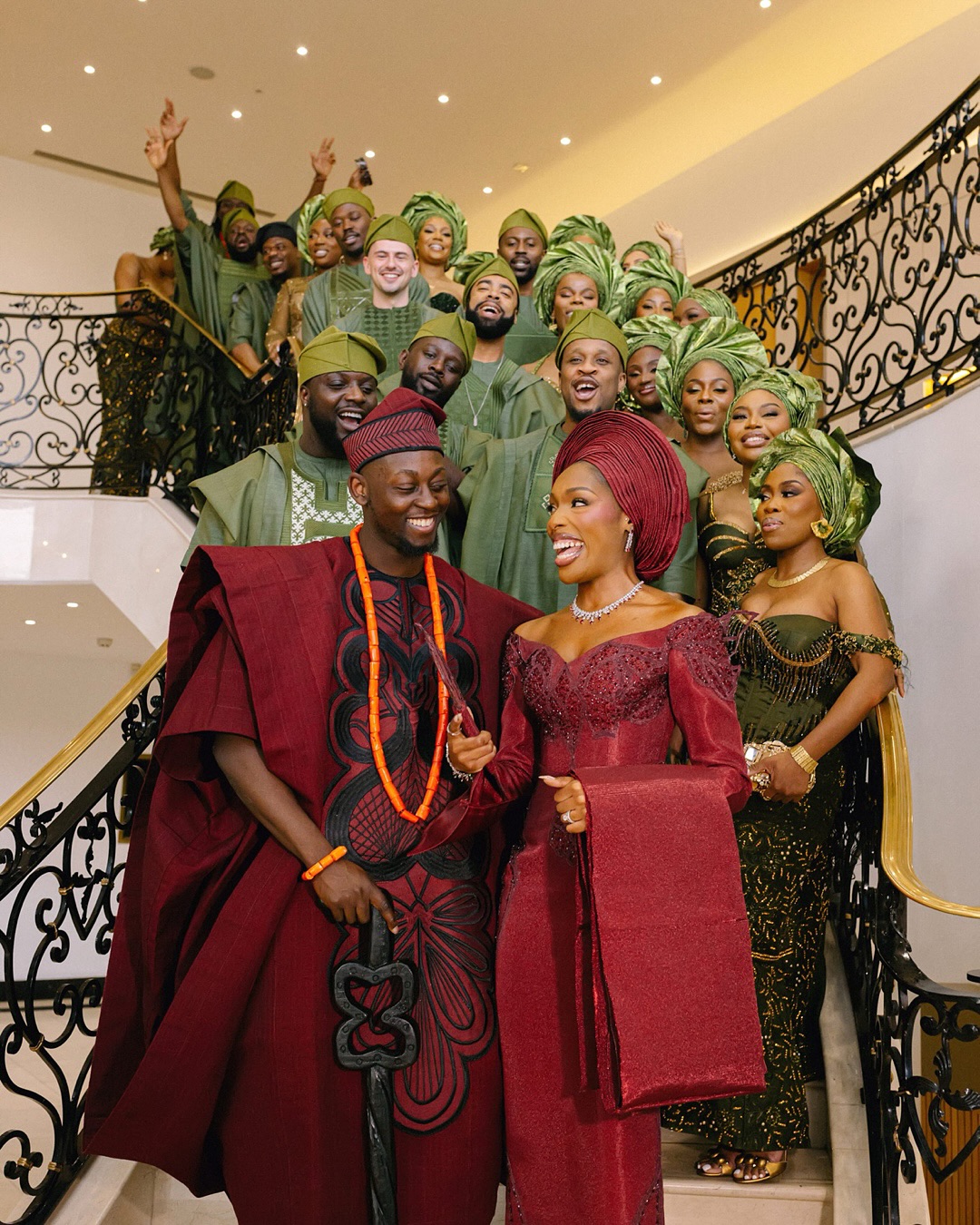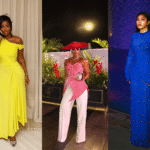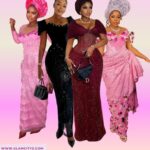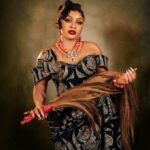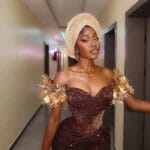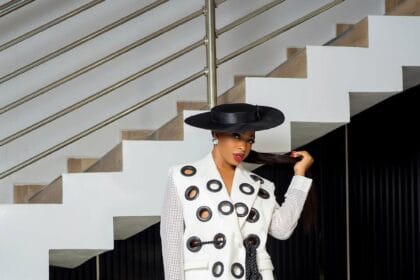There’s something unique about Owambe fashion. It’s the way everyone steps into a hall dressed like royalty, the way colors bounce off the lights, the way one glance at a guest’s outfit can tell you who they came with.
Owambe isn’t just about food and music and spraying money (even though we love all of that); it’s a cultural runway where fashion does more than turn heads — it tells our stories.
Think about it: every Owambe starts with fabric. The celebrant picks it, everyone scrambles to buy it, and the choice of material sets the entire tone of the party. Ankara, lace, velvet, sequin — these aren’t just fabrics; they’re statements.
A soft lace in pastel pink can whisper elegance and grace, while a glittering sequin in emerald green screams celebration and power. Even the colors carry their own meaning. White and gold usually signal a big milestone, red announces boldness and passion, while deep jewel tones bring the kind of richness that makes you feel like the event is straight out of a royal diary.
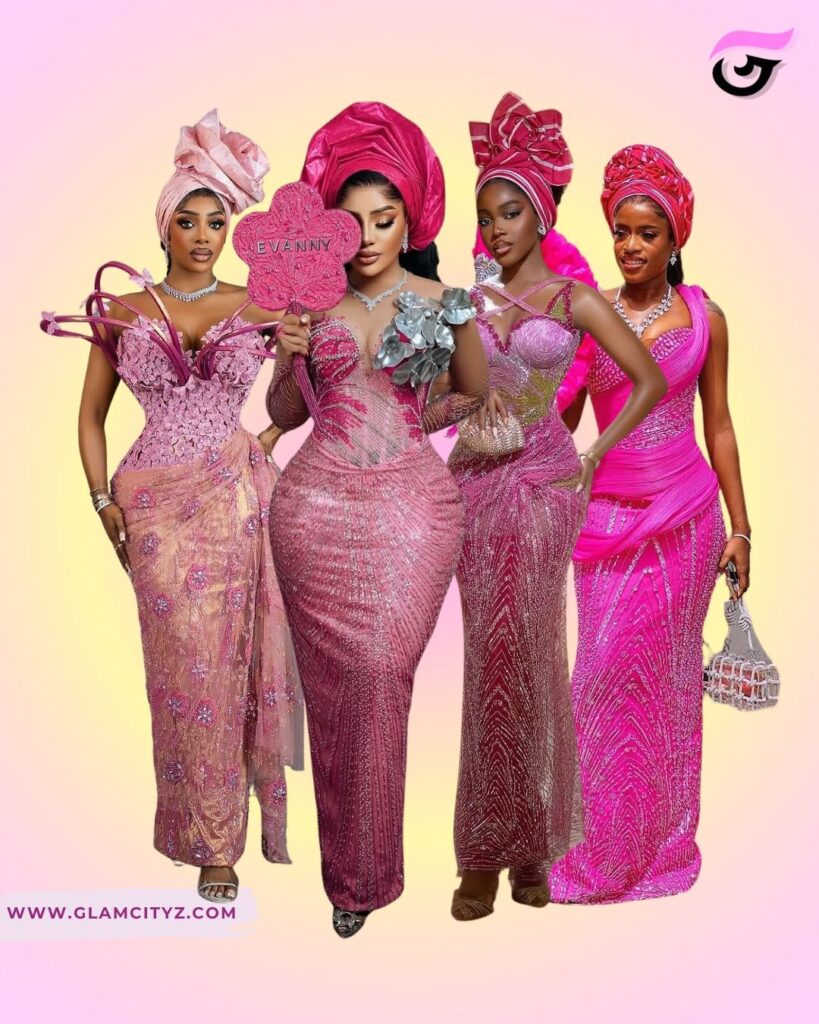
And then there’s the asoebi — the uniformity that ties us together. Everyone wearing the same fabric at an Owambe is more than just “matching outfits.” It’s a visible bond, an unspoken way of saying, “I’m part of this joy.” Aunties, cousins, best friends, colleagues — we all show up wrapped in the same fabric because it represents unity.
It’s not just for Instagram group photos (although, let’s be honest, those pictures slap); it’s a tradition that connects generations. Whether you’re from Lagos, Port Harcourt, or London, once you’re in that asoebi, you belong.
The beauty of Owambe fashion is in the details. The gele that towers like a crown, tied with precision by a pro who charges more than your hairstylist.
The bride’s reception dress, hand-beaded for weeks until it shimmers like liquid light. The little accessories that tell you this person didn’t just “show up,” they showed up ready to represent.
These aren’t just fashion choices; they’re memories. Many of us learned how to tie gele from our mothers, reworked our grandmothers’ fabrics into fresh styles, or saved a favorite outfit because it holds a story no one else sees.
But here’s the thing: Owambe fashion isn’t stuck in the past. Our mothers and grandmothers perfected the classics, but this generation? We’re remixing everything. We’re blending traditional fabrics with edgy cuts, rocking minimalist asoebi that breaks the rules, or going for full-blown, make-the-blogs, viral-worthy ensembles.
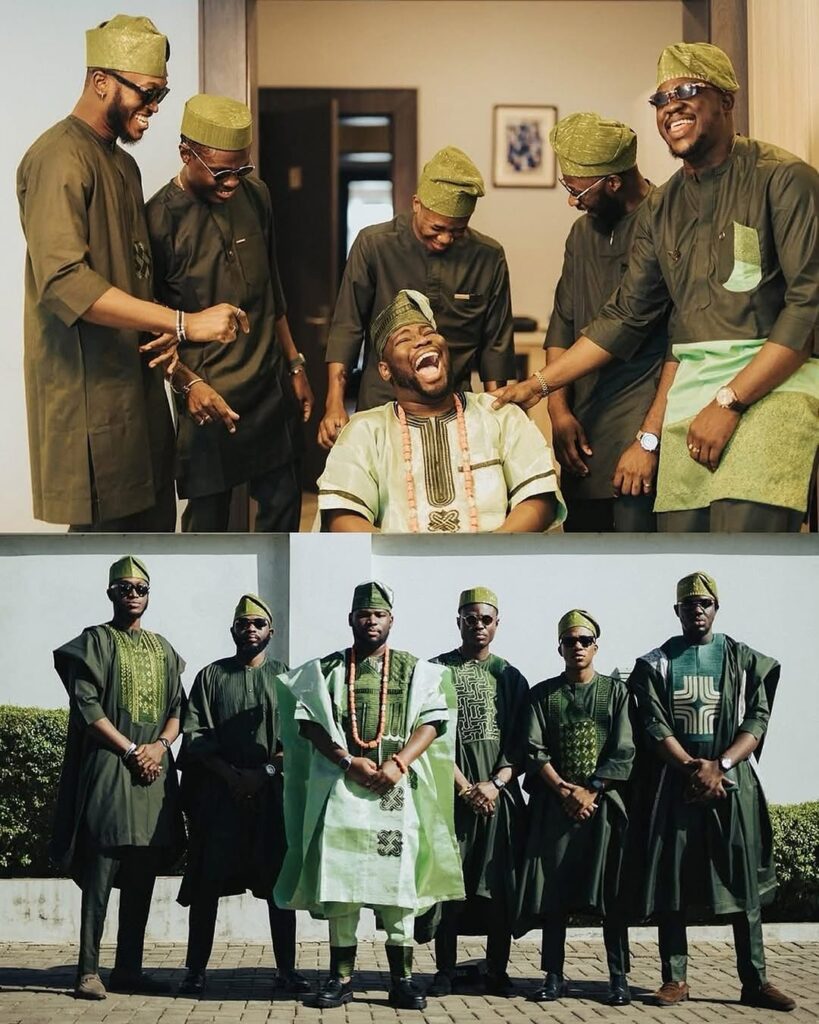
Social media has turned Owambe fashion into a global spectacle. One hashtag, and suddenly someone in New York is obsessing over a gele look from your cousin’s wedding in Ibadan. Designers know this, and they’re stepping up with collections that celebrate heritage while pushing boundaries.
And maybe that’s the real power of Owambe fashion. It’s not just about slaying (though, please, slay). It’s about identity. About roots. About telling the world who you are without having to say a single word. Every sequin, every gele, every bold color and clean cut carries a message. Owambe fashion says, “I’m proud of where I come from. I’m here to celebrate. And I’m going to look unforgettable while doing it.”
Because at an Owambe, the music will fade, the food will finish, and the champagne will stop flowing. But the fashion? That’s what everyone will still be talking about months later.
That’s the story you take home, the one captured in every photograph and tucked into every memory. From Ankara to sequin, Owambe fashion isn’t just a look. It’s our heritage, our joy, our drama, our pride. It’s our story — woven into every thread.




